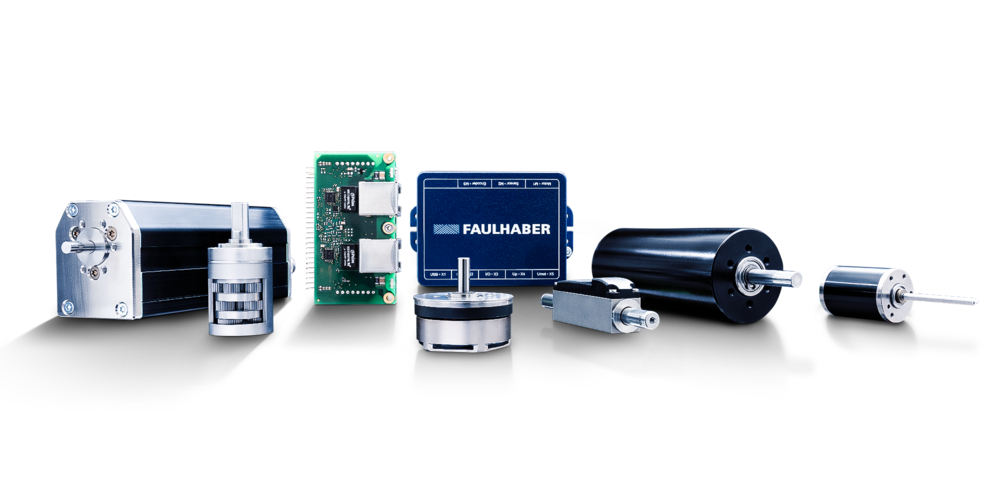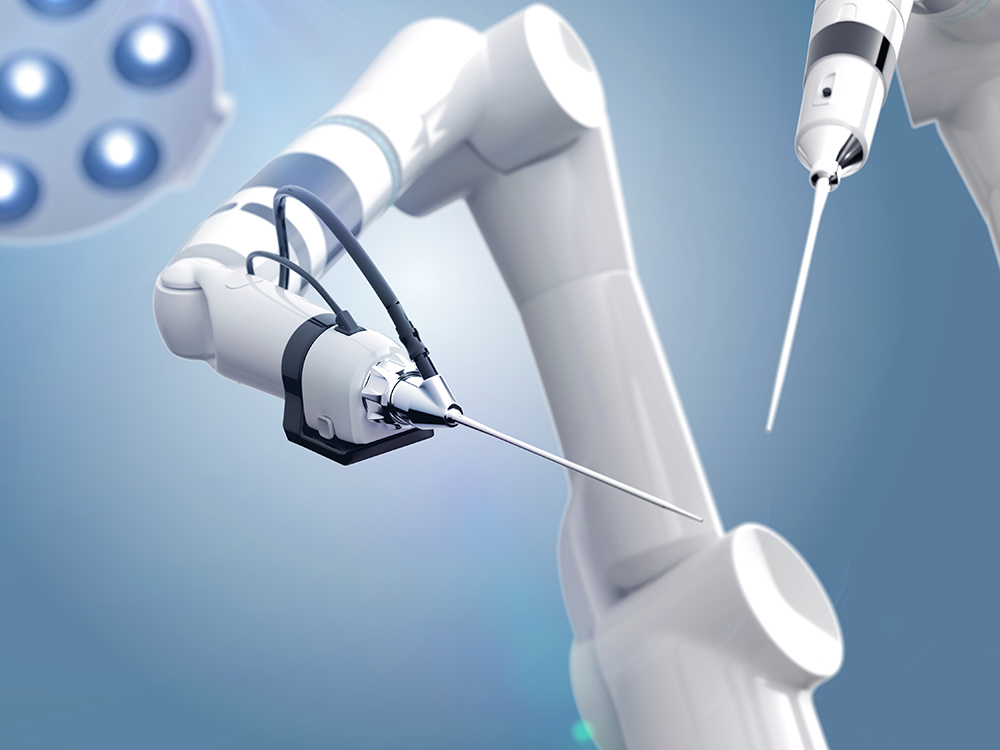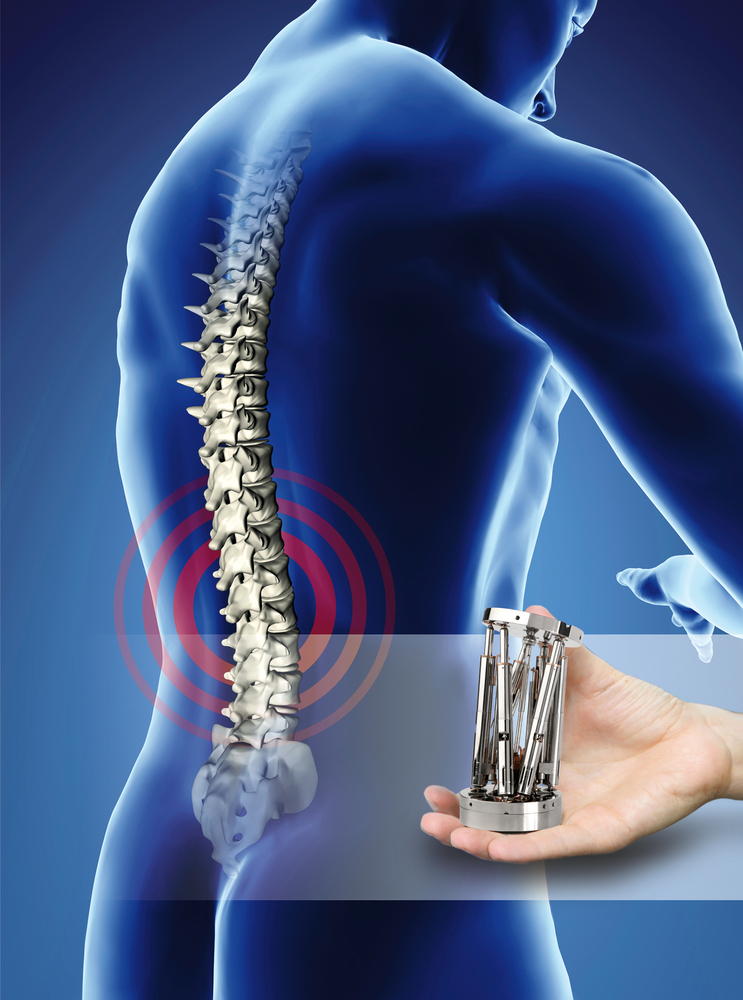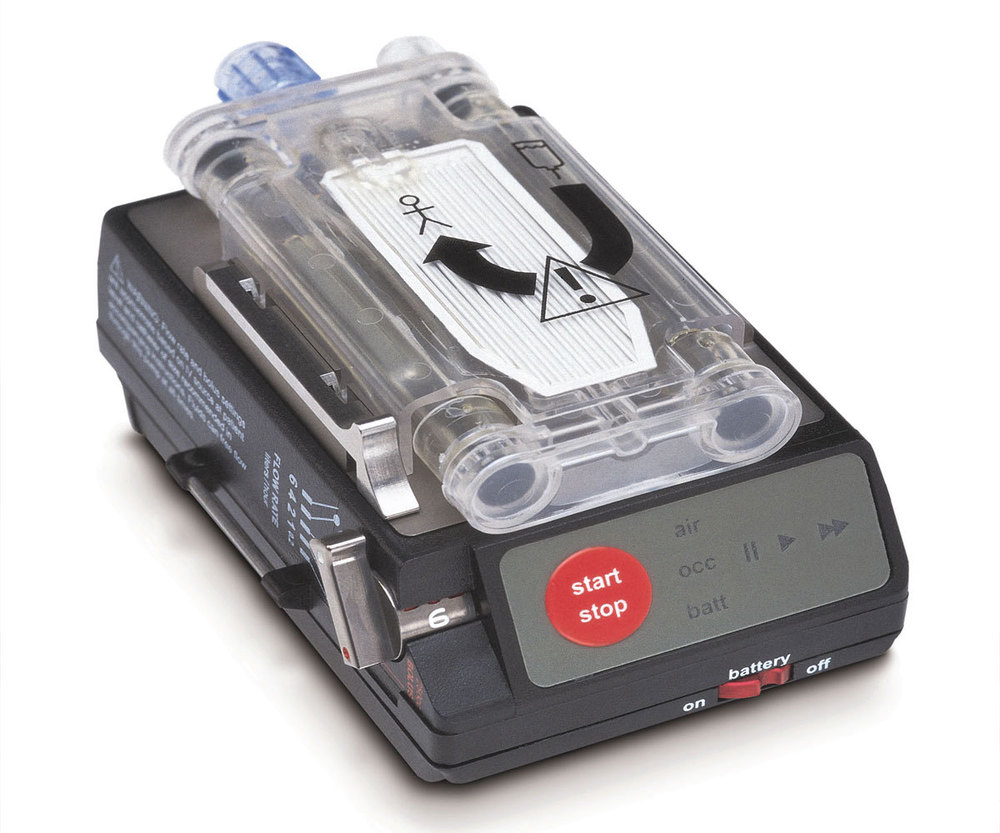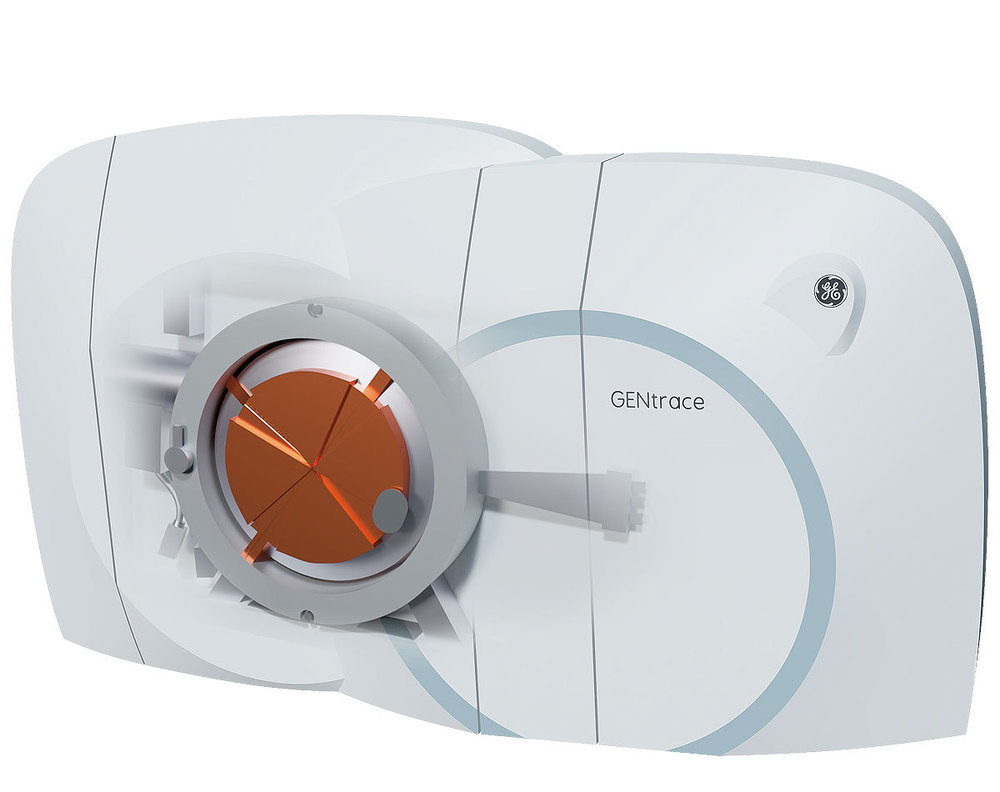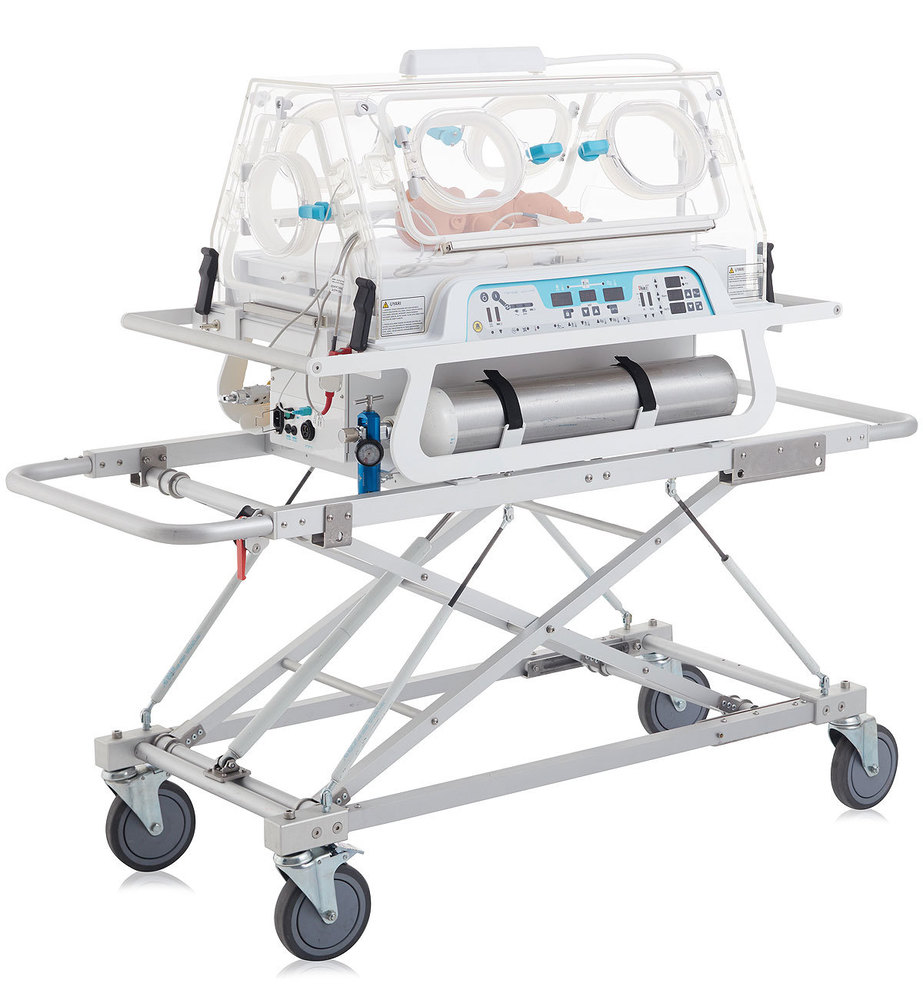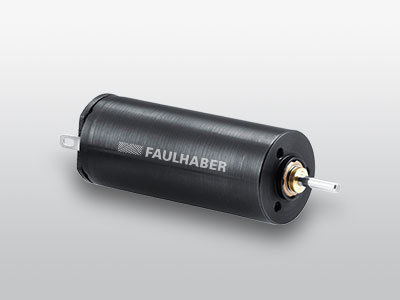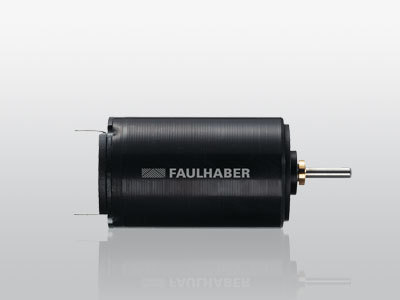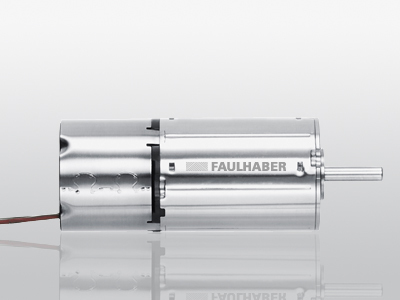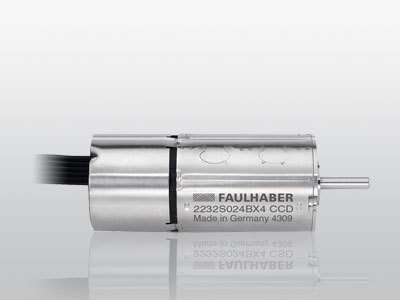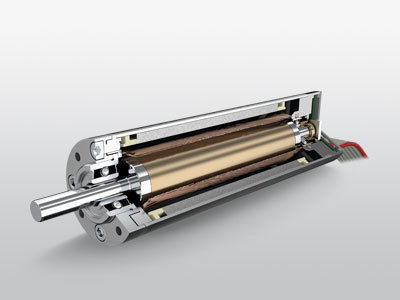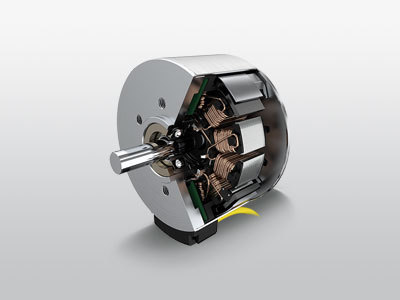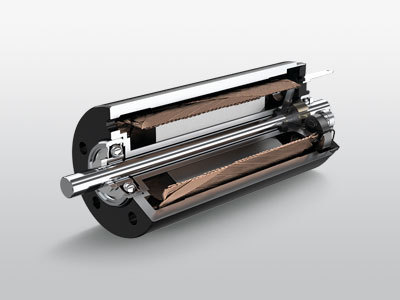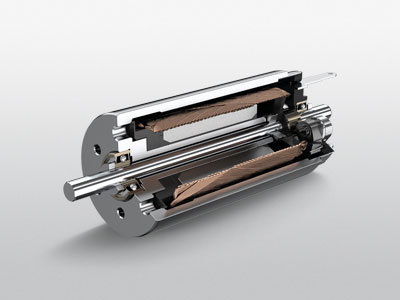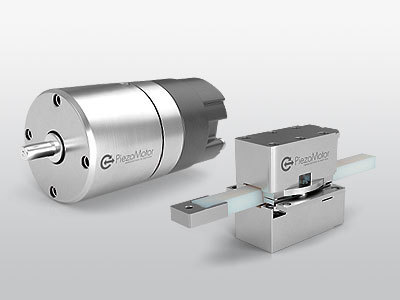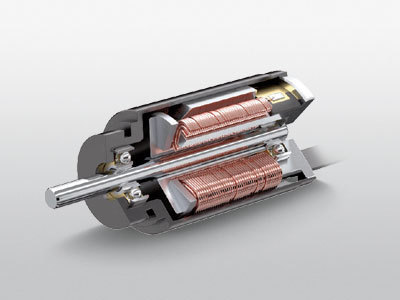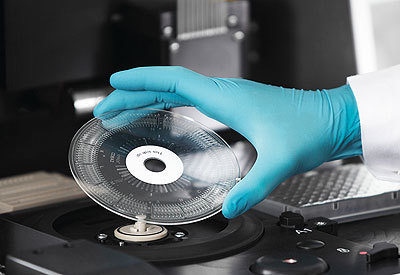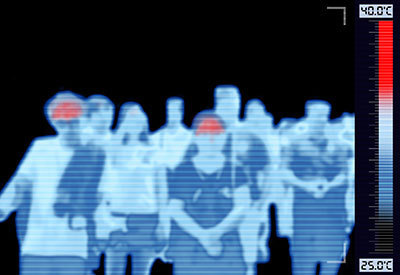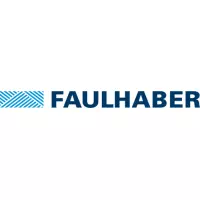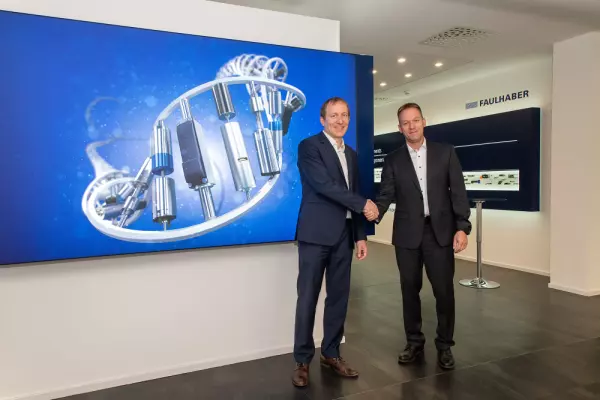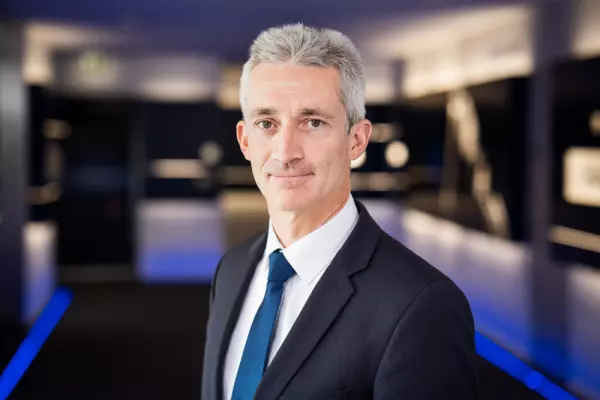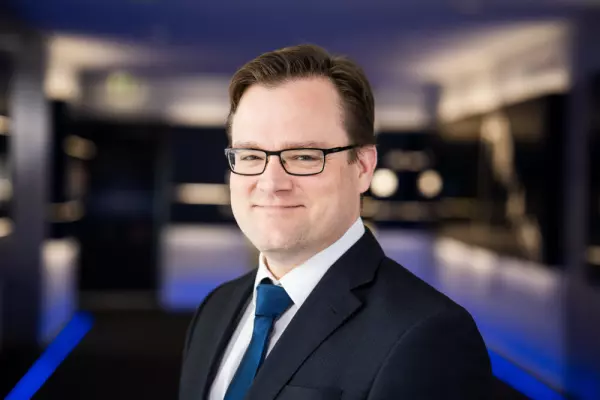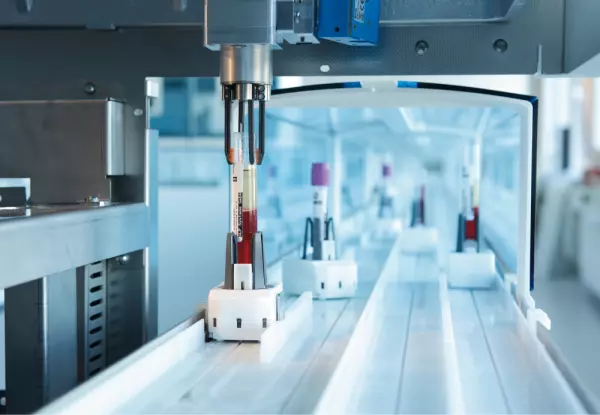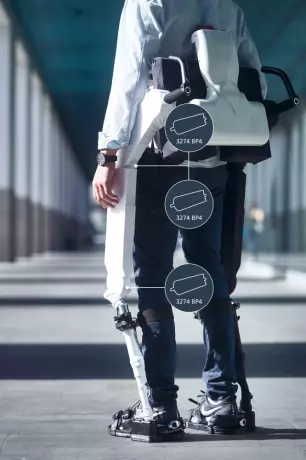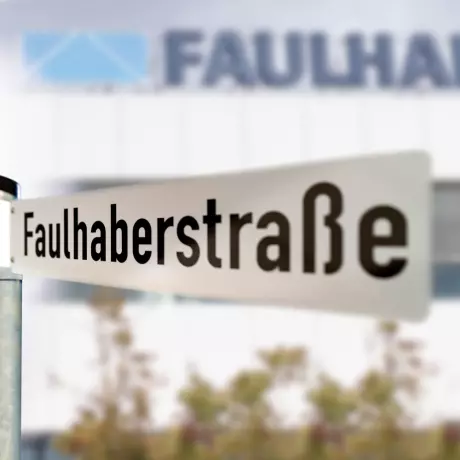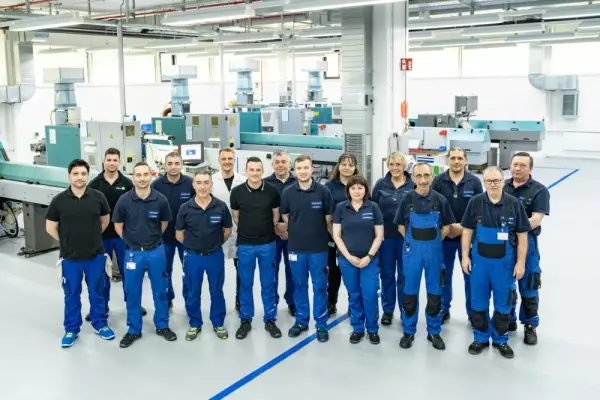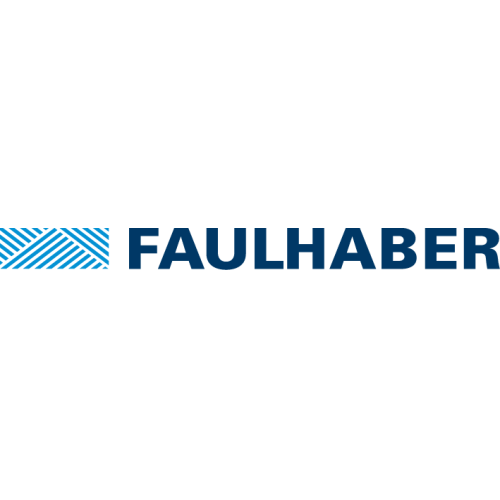
CUSTOMER RELATIONSHIPS IN TIMES OF WEAKENED SUPPLY CHAINS
Dr. Haberland,FAULHABERhas been voted among the 100 most innovative medium-sized companies in Germany several times. What accounts for its special innovative strength?
FAULHABER has been named a TOP100 Innovator for the fourth time - the last time in 2020.
Aside from this official award: What I particularly notice here in the company is the high creativity of our employees. They have an excellent technical background and are thus able to drive innovations quickly.
It's important to me that we don't always talk about the big, worth millions opportunities in this context, but also focus on the details: Improvements made by our employees often lead to better implementation of a functionality in product development or to a customer solution that offers greater added value than a competitor's solution. It is these many technical details in particular that make a decisive contribution to a company's innovative strength.
A second topic is the close customer relationship in order to have the best possible understanding of the individual needs of our customers and to be able to serve them accordingly.
The third point, which I believe is very important for innovation, is that we provide support and encouragement from the entire management team and, above all, the freedom that is needed to be innovative. One example of this is the so-called Innovation Challenge, which we launched at the beginning of the year. Here we motivate all employees to submit innovative proposals on a specific set of topics. The specific topic and a time limit are predetermined. The result will be available by the end of 2022.
What insights from your time as Head of Research & Development can you now implement as General Manager?
The topic of customer relations is important at all levels. Ideally, we should not only know our contacts at management level. Technicians can also solve problems - often much earlier - if they communicate openly with their peers.
The knowledge we gain through intensive exchange with our customers naturally also helps us to identify growth markets at an early stage. It is one of FAULHABER's strengths to be networked in many industries and thus to recognize opportunities and trends in good time. In times of Corona, markets such as the aviation industry collapsed because no one was flying anymore. Other markets, such as the medical sector, grew strongly because, among other things, thousands of ventilators were missing.
A company like FAULHABER, which is very broadly positioned, can balance these needs well against each other.
At the Innovation and Trend Day that was held both hybrid and live,FAULHABERhad numerous customers and partners as guests. What are their concerns, but also their wishes?
At this year's FIT, we took an intensive look at the topic of the supply chain. The feedback from customers is clear: It is a topic that is on everyone's mind at the moment - sometimes on the mechanical side, sometimes on the electronic side. FAULHABER presented a number of solution models that were developed at eye level with our customers and led to more resilience overall despite the global supply bottlenecks. This applied to purchasing issues in particular.
FAULHABER was also able to gain valuable experience in the area of risk management and to achieve greater agility, which is important: Due to uncertain political conditions in trade with China and the war in Ukraine, the challenges within the industry will continue for some time.
Agility remains a central theme of your corporate policy, and it entails implementing digital and scalable business models iteratively. What's next in this regard?
We need digitization first and foremost to become faster. This already starts with order processing. How can a customer receive an order confirmation as quickly as possible? How do we reliably clarify material availability? A digitization project is currently underway at FAULHABER to address these questions, in which all existing products must be transferred to the digital world. For a company that has existed for 75 years and some of whose products have been established on the market for over 30 years, this is a real challenge on the one hand, and a must on the other. Product knowledge should readily be available in a digital and thus also reusable form.
And in system projects, we are increasingly working with digital twins to ensure that the controls are customer-compatible.
As a driver of high technology in Germany, recruiting skilled workers and lifelong learning are of outstanding importance toFAULHABER. How do you find and promote talent?
At the beginning of 2022, we launched a so-called 'Innovation Training'. This is where company employees present current technical topics - primarily for the developers. With our product range of micro-high performance motors, we are very specific. Of course, we could just go to conferences to learn something new. But we also learn a great deal from our colleagues who have been with us for many years. We also promote cooperation between the development departments at the various FAULHABER company locations in Switzerland, Romania, Hungary and Germany or the USA. We use the digital experiences we made with Teams during the pandemic also in the post-Corona phase. Holding lectures with more than a hundred participants across Europe is logistically simple this way. The response to this offer has been really great.
Are there collaborations with universities and start-up hubs to exchange technical information with the academic world as well?
Two years ago, we created a position called 'Technology Outreach'. Its main task is to intensify contacts to the academic world and to direct young professionals' attention to companies like FAULHABER.
In addition, we have carried out a research project with a university in Austria, where the focus is very specifically on a more accurate simulation of product behavior. In part, these projects are supported with external funding, in part we finance them with our own funds.
What challenges and opportunities have arisen as a result of increased home office options?
Our employees have the opportunity to work two days a week from their home office. If they work more from home than in the company, we may face the challenge of declining identification with the company in the long term, because regular interaction with colleagues or work life is missing. Management naturally has an interest in our employees identifying with the company. And of course we also want to communicate FAULHABER’s values, which is difficult to do when someone is sitting in front of the screen exclusively in the home office.
We all had to learn to distinguish between topics that are good to communicate digitally and those that can only be communicated in analog form. This applies in particular to departments such as development, where three, four or more people are often gathered in front of a flipchart in the same room for creative brainstorming. The company must create an environment in which such small groups are happy to gather.
How has collaborative, cross-site working developed atFAULHABER?
Not every site needs specialists in every field, which is why we have created cross-site competence centers. In addition, any remaining reluctance to ask colleagues at other sites for advice should be put aside. For example, while the Swiss colleagues have in-depth knowledge of gear technology and stepper motors, the company headquarters in Schönaich is home to the specialists for DC motors. This creates a special form of site identity in the context of a shared FAULHABER feeling.
To the original article

